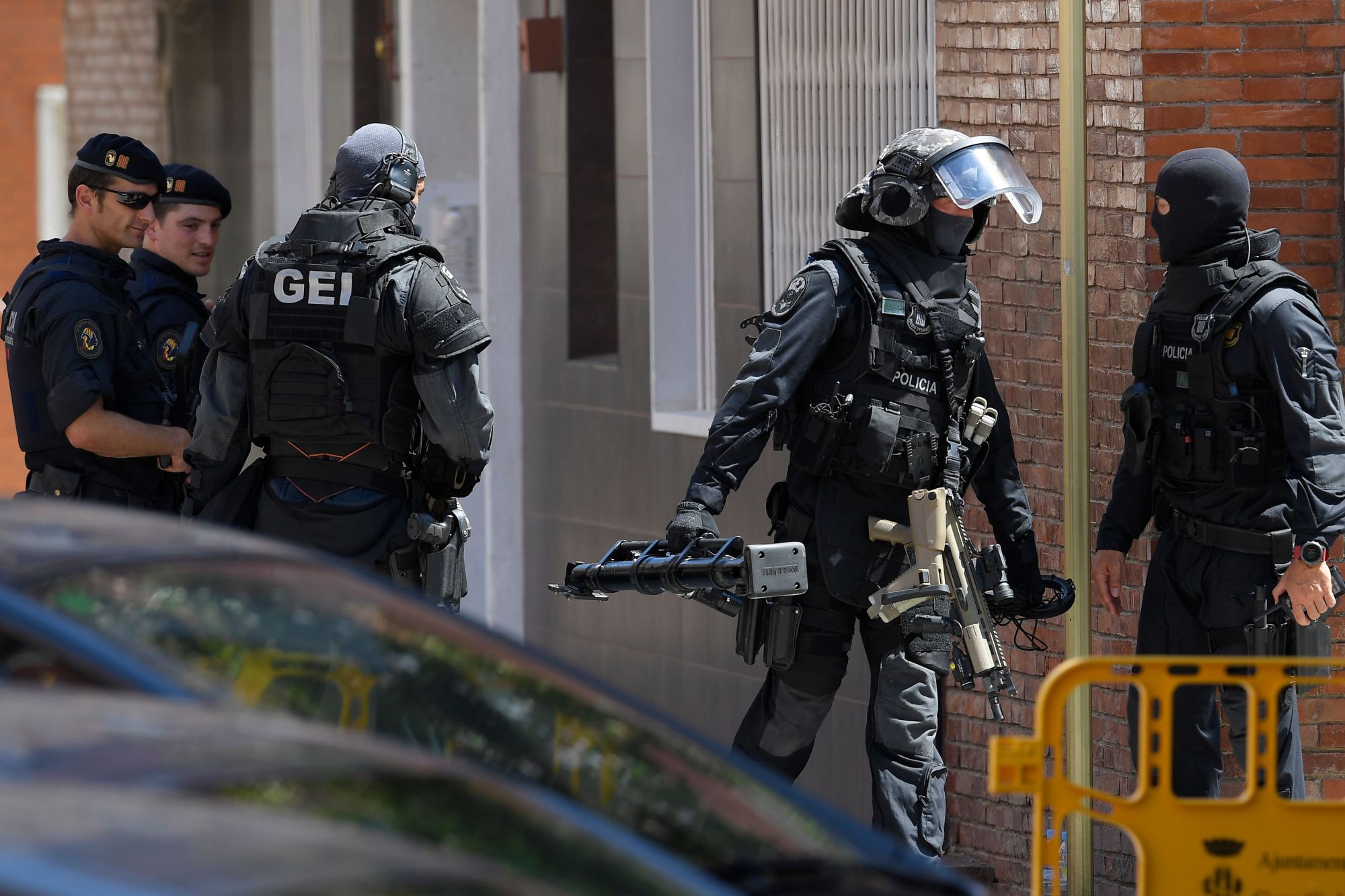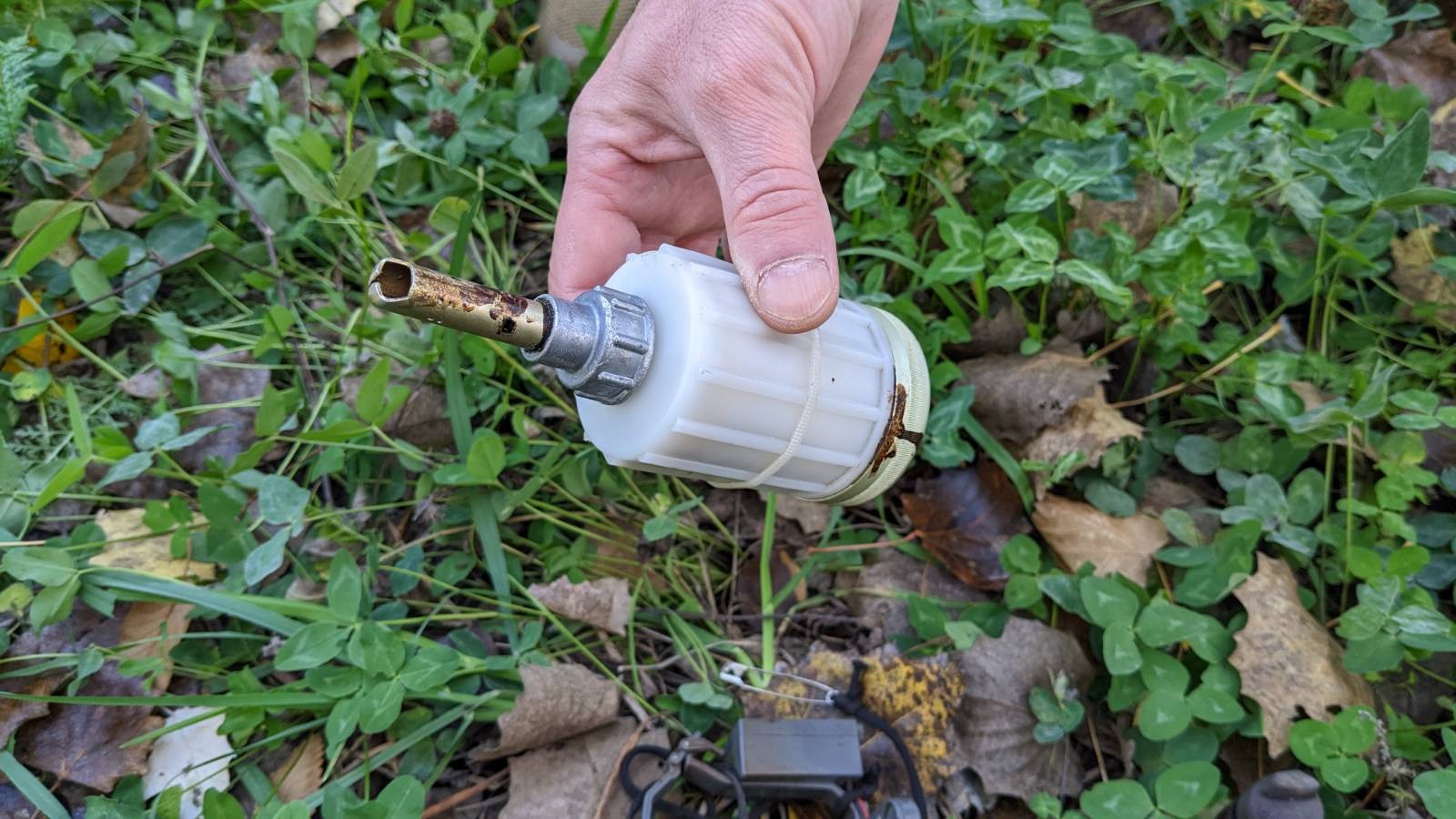Spain Arrests Four in Seizure of Chemicals Potentially for Weapons Bound for Russia
15 October, 2024 Illustration photo of Spanish police officers. Photo from open sources Spanish police seized 13 tons of chemicals bound for Russia, including components that could be used to make chemical weapons.
This is reported by Reuters news agency. Police said they had arrested four suspected members of a criminal group that they believe was trying to circumvent Western sanctions by illegally supplying chemicals to Russia through a front company. "During the investigation, it was proved that in the past, chemicals under international sanctions were exported through this company, some of which are possible precursors for chemical weapons or nerve agents," the national police and tax service added in a joint statement.
 Illustration photo of Spanish police officers.
Illustration photo of Spanish police officers.
Photo from open sources
The statement didn't specify what chemicals were seized during the operation. The chemicals were found in a container in the port of Barcelona, and the four suspects were arrested in the neighboring villages of Sant Feliu de Guixols, Cerdanyola del Valles and Santa Perpetua de Mogoda. They are charged with smuggling prohibited goods.
According to the police, the Spanish company created a complex logistics and financial network to export chemical products to Russia. The company had a subsidiary in Moscow and several shell companies in Armenia and Kyrgyzstan that helped to disguise the true destination of the goods, which were later redirected to Russia.
The use of chemical weapons by Russian troops
The armed forces of the Russian Federation are actively using chemical weapons against Ukrainian troops. The use of chemical weapons or chemical riot control agents as a means of warfare is a violation of the Convention on the Prohibition of the Development, Production, Stockpiling and Use of Chemical Weapons and on Their Destruction (Convention).
One of the main chemical warfare agents used by the Russians is CS (2-Chlorobenzalmonononitrile). CS is a tear gas agent, often used by police against protesters.
 K-51 gas grenade. Photo from open sources
K-51 gas grenade. Photo from open sources
Formally, CS is not a chemical weapon and, according to the Convention, which was adopted on January 13, 1993, is classified as a "chemical riot control agent."
Article II, paragraph 7 of the Convention defines the "chemical riot control agent" as any non-scheduled chemical capable of rapidly causing sensory irritation or physical disorders in the human body that disappear within a short period of time after exposure.